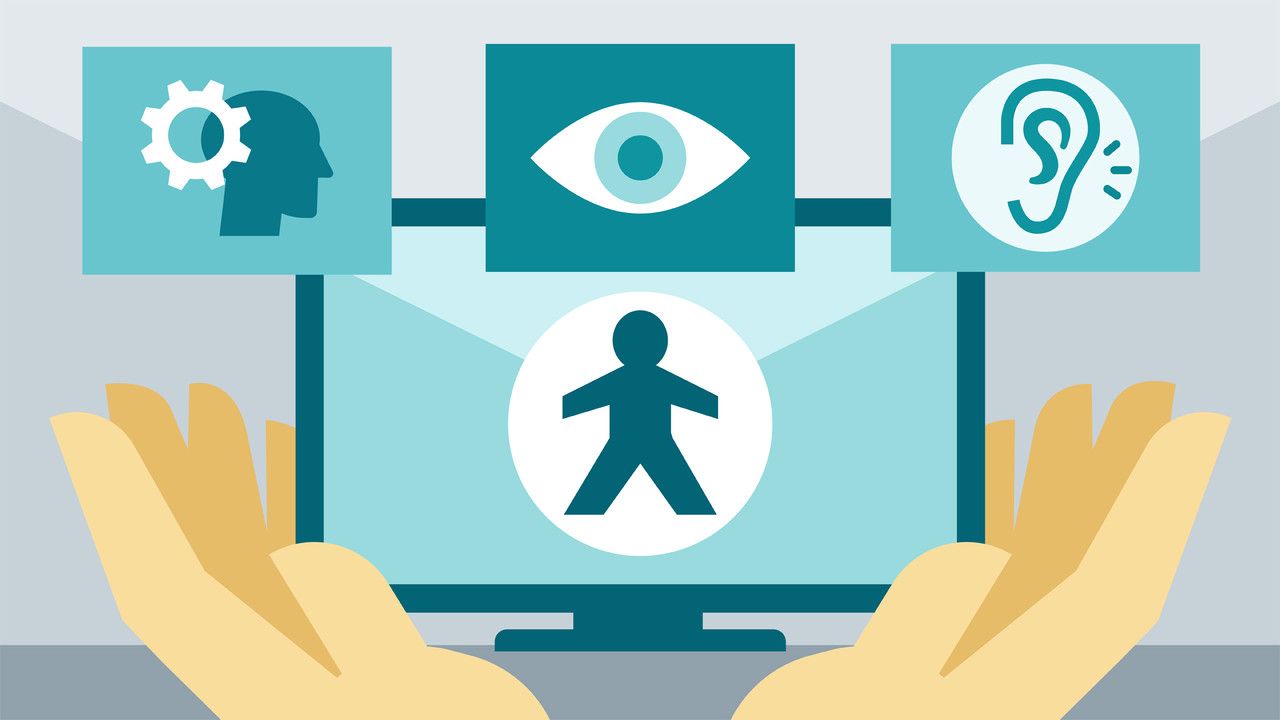
Have you ever experienced entering a website and finding it difficult to navigate?
Maybe it happened to you that you couldn't read the content or that the buttons weren't big enough to click on easily. And this is exactly what web accessibility is all about.
In this article we explain what web accessibility is, why it is important and how you can improve it so that more people can have a better experience in your website.
What is web accessibility?
Web accessibility focuses on making websites easy to use for anyone, regardless of their abilities or disabilities.
How is this achieved? By enabling everyone to access information and services online without barriers.
So it should be noted that accessibility not only benefits people with disabilities, but also improves the user experience for everyone..
By making websites more accessible, barriers are removed so that anyone can access information and services online, and this helps to increase traffic and participation on the web.
Web accessibility is governed by international guidelines and standards, such as the Web Content Accessibility Guidelines (WCAG) established by the World Wide Web Consortium (W3C).
And W3C is the leader of the Web Accessibility Initiative, whose guidelines are used in legislation in many countries around the world.
The WCAG guidelines are divided into three levels of compliance: A, AA and AAA. Being the level AA the recommended for most websites, as it provides a high level of accessibility without being too demanding in terms of time and resources.
Why is web accessibility important?
Web accessibility is important for many reasons. Some of them are:
- Legal compliance: Many countries have laws that require websites to be accessible to people with disabilities. Therefore, if a website is not accessible, you may face legal sanctions and fines.
- Expanding the audience: Web accessibility helps reach a wider audience, including people with disabilities (physical, cognitive, visual and hearing), seniors and those who need assistive technologies.
- Improve user experience: An accessible website makes it easier for all users to access it and this makes them have a better experience.
- SEO benefits: Accessible websites are easily indexed by search engines and increase online visibility.
How to make your website more accessible?
If you want to improve the accessibility of your website, here are some of them advice:
- Use appropriate HTML tags. HTML tags are essential for Web accessibility, as they provide information about the structure and content of the Web site.
Therefore, use appropriate tags such as H1, H2, H3 and alt tags for images.
- It provides detailed descriptions in images, captions, transcripts, and audio and video descriptions to ensure that all information is available to any user.
- Make your website easy to navigate, with a clear and coherent structure.
- Use appropriate colors and contrasts to make the content more readable.
- Insert detailed descriptions in the forms so that people with cognitive disabilities can understand the purpose of each field.
- Make sure the website is compatible with assistive devices, such as screen readers, special keyboards and other input devices.
- Test the accessibility of your website with online validation tools to identify and fix accessibility issues.
Remember that the lack of web accessibility can hinder or prevent access to information and online services, so it is important to ensure it if we want to have a more inclusive society.
By using web accessibility techniques, your website will be more accessible to everyone, including those with physical, cognitive, visual and hearing disabilities.
And now, have you checked how accesible your website is? You can tell us in the comments.
